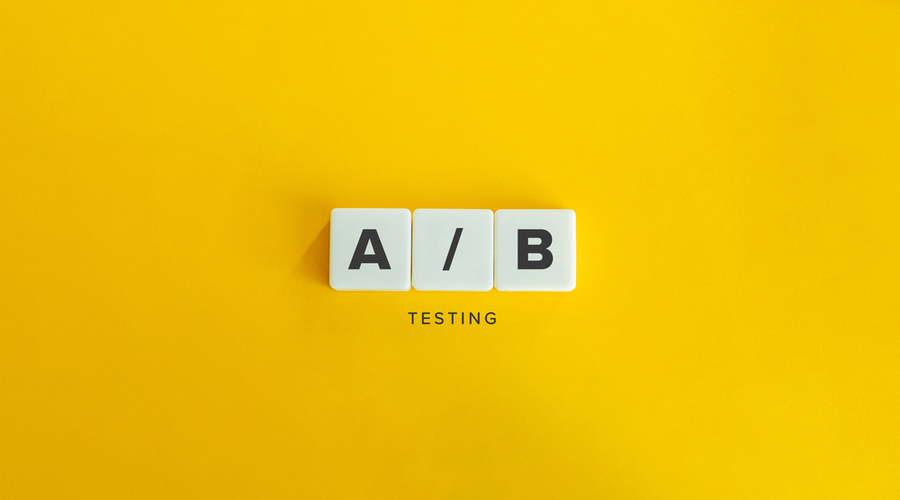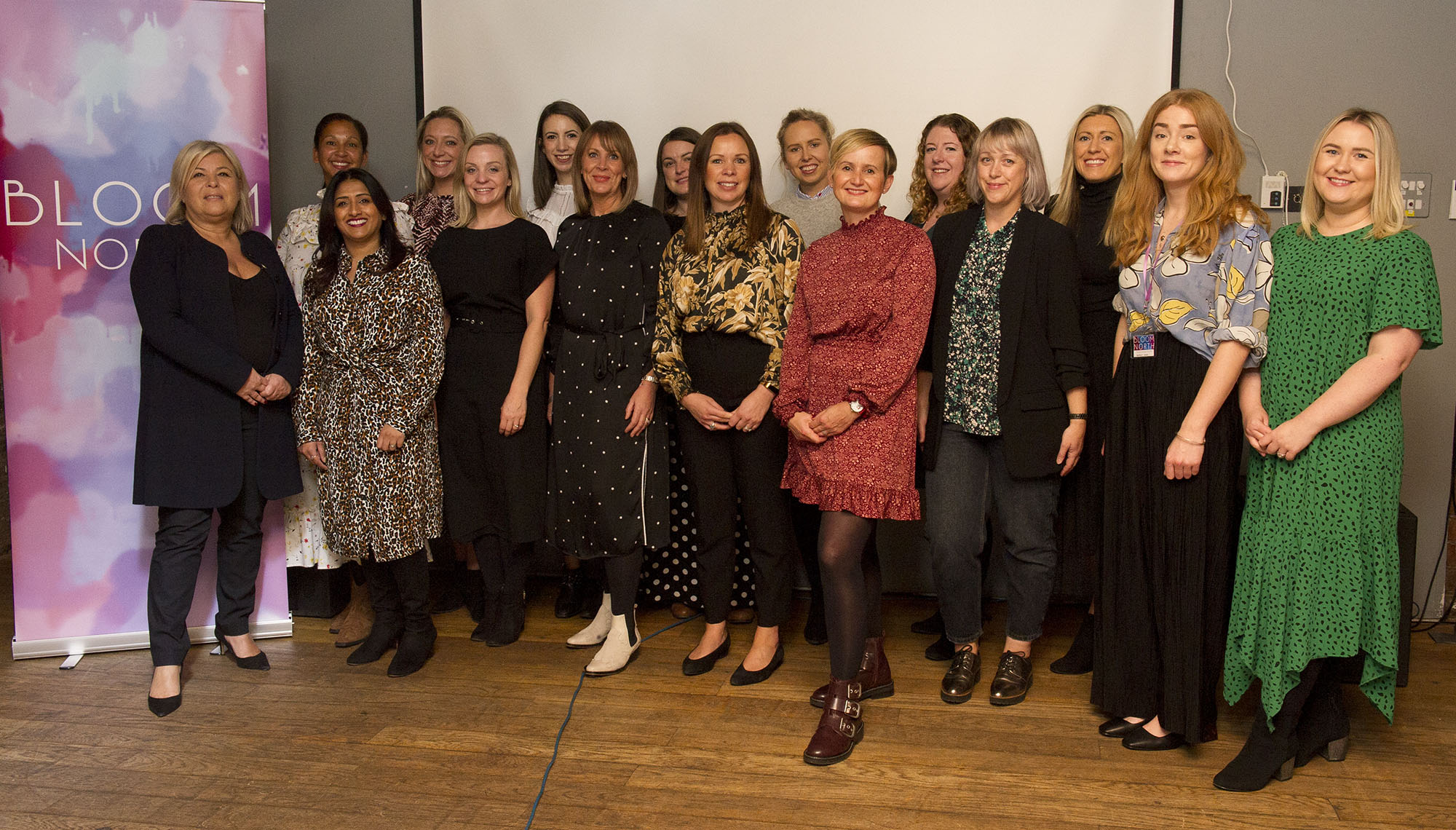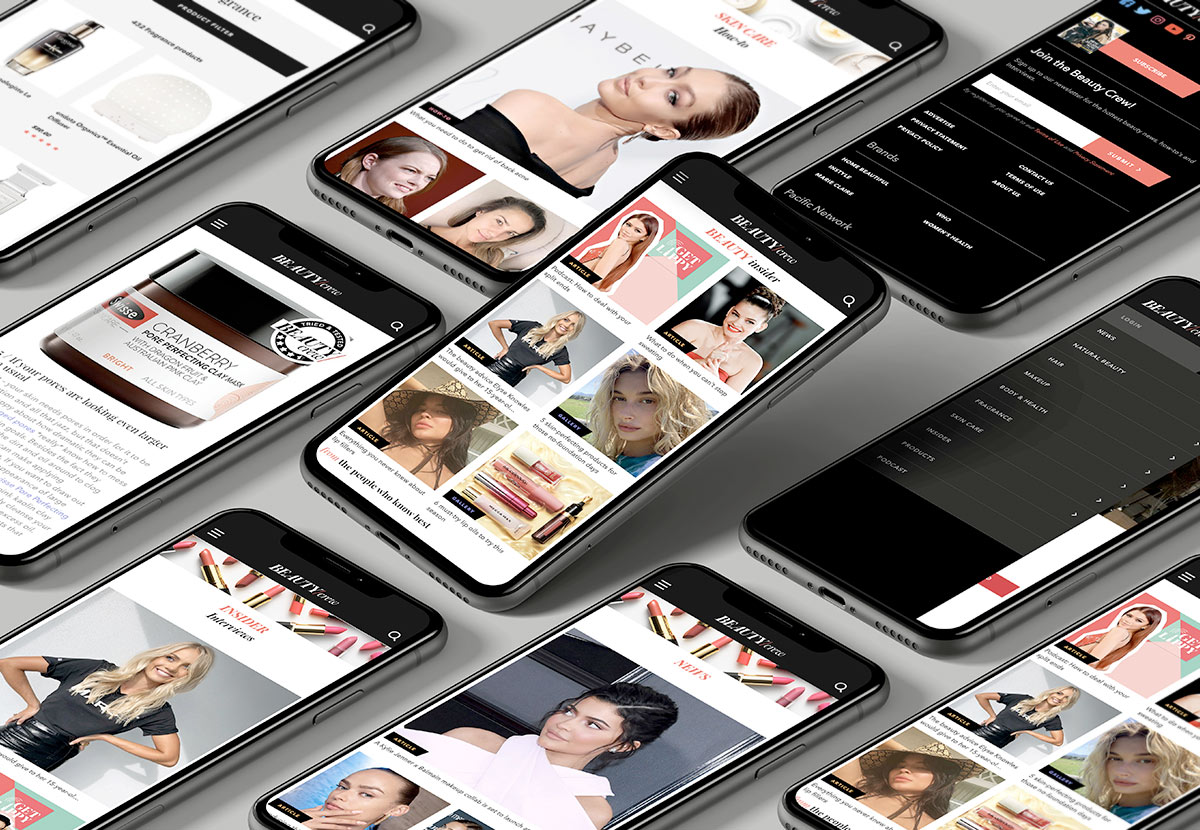
If you’ve made it here, you’re probably looking for a way to improve your paid social ads performance. If you feel like everything is right with your campaign from the landing page design and audiences right through to the headlines and copy, but you’re still not getting the results you want, the likelihood is that the creative needs some work. In this article, we’re going to talk about the power of A/B testing to do just that.
What is A/B testing?
A/B testing is also known as a split test, and it refers to when you test two versions of the same thing. That could be two different variation of a landing page, particular UI elements or even just the copy in an ad.

Why is it important to A/B design elements?
When it comes to your paid ads, the creatives you use can have a massive impact on the engagement and performance you can expect from them. Whilst you might have a good idea of what your audience likes, the purpose of A/B testing is so that you can make data-backed decisions to make sure that your ad creatives are performing optimally. Without A/B testing, you can’t be entirely sure of the format that works best for your ads, so it’s an important step to build in to your campaigns.
After A/B testing you’ll have access to data like which creative brought the best engagement rate, the best click-through-rate, the most positive sentiment or the best conversion rate. Knowing that all important data will help you shape even better ads in the future.
Which elements of ad design should you A/B test?
So, now we understand about the what’s and why’s of A/B testing, which elements can you be split testing in your ad creatives? The real answer is that you can test basically any variable included in the ad, but here’s a few examples you can begin with.
Imagery
The most obvious variable you can test is the imagery included in the ad. Whilst sticking to your overall visual identity is important for reinforcing your brand and making it easier to remember for viewers, get creative with the subject of your imagery. Try different layouts and images to see which relates more to your audience. For example if you’re advertising your web design services, does it work best if you include a picture of the designer or a picture from your portfolio of a previous piece of work you’ve done?
Emotion
Similar to the above point, you can also use split testing to see which emotion resonates with your audience more. So for example if you’re advertising your marketing agency, is it better to make sure any people in your imagery have smiling faces to reinforce the idea that your company is going to release them of hassle and provide a more positive overall impression or is it better to show a frustrated small business owner to resonate with how your audience might be feeling at the time they see the ad?
Copy
This is potentially one of the most important parts of your ad to test, since it is the most direct communication you’ll have with the viewer. To successfully split test this, try out variations like different sentence lengths as well as the messaging itself to see if you are communicating everything you need to in the most understandable way.
Colour
Taking into account that most feeds on social media platforms are white by default, split testing the background colour of your ad can help you to decide if it’s better to really stand out with vibrant colours or to blend in more with a more neutral shade. Whilst it stands to reason that ads that contrast more to the elements around them will stand out more, it’s something you can assess for your own ad strategy through collecting the data by split testing.
CTA
CTA just means ‘Call to Action’ and it basically refers to everywhere you’ve used terms like ‘buy now’, ‘call now’ and ‘learn more’ throughout your ads. Different CTA’s are usually more suited for different areas in the advertising funnel, for example you wouldn’t necessarily ask a customer to convert in a simple brand awareness ad by using the CTA ‘sign up now’ right at the top of your funnel. Similarly, you might want to push people to take action by using more decisive CTA’s toward the bottom of your funnel such as ‘Buy now’. Split testing CTA’s is a great way to get an indication of how likely your audience are to convert at each stage of your funnel, or whether they are looking for more information before they buy.
Format
Remember that there are different formats to test for paid ads and you don’t necessarily need to stick to the traditional single image ad. If you have lots of information to advertise for example, consider testing carousel style ads to split the content out into more manageable smaller chunks of copy. Getting creative with the actual ad format and split testing that variable is a slightly more in-depth process than the other creative changes, but it’s great to bear this in mind early on in your paid ad strategy journey so that you know what works best later down the line.
How to A/B test ad designs
To A/B test designs, it’s best practice to only change one variable at a time. By only changing one variable at a time, you can clearly see the effect it has had on the results on each campaign. It’s often easiest to do this by uploading the two different creatives as two ads in the same campaign group, as most social platforms will let you view the important metrics side by side for each ad.
Remember that it’s best if everything about the two ads is the same accept the one variable you have changed i.e the imagery or CTA, so make sure to allocate the same amount of budget for each ad so you can truly see which performed most efficiently. To get the most detailed and trustworthy results, you’ll want to run the ads side-by-side for a reasonable amount of time so that you can see which yields the best results overall before making changes to your strategy.
If you’re already a Design Cloud customer, your dedicated graphic designer will be more than happy to create variations of ad creatives and submitting this task through your queue can help your team save a lot of time and focus instead on the all-important campaign setup. We hope this helped you get started on A/B testing and for more information on best practices for graphic design or other marketing resources, have a look at the rest of the Design Cloud blog.









